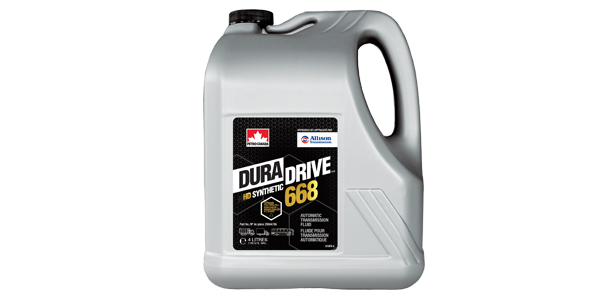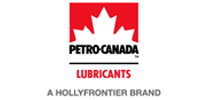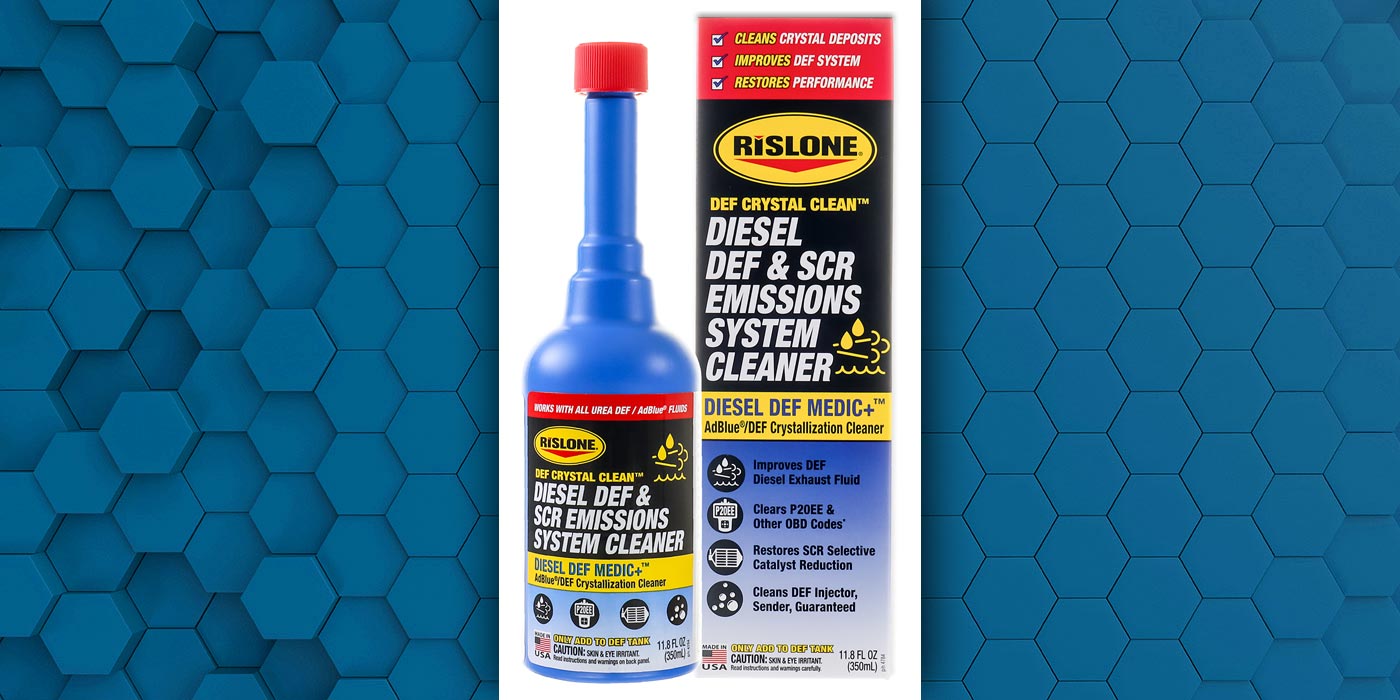By Darryl Purificati, Sr. Technical Advisor, OEM/Automotive at HollyFrontier Lubricants & Specialties, which includes the Petro-Canada Lubricants brand
Transmission fluids are some of the most complex driveline fluids and are formulated differently depending on the transmission they will be used in. They perform a range of functions such as lubrication, heat dissipation, wear protection and are responsible for shift quality. There is a wide range of transmission hardware and fluids, however, one aspect that is universal to transmission fluids is the need to follow Original Manufacturer Equipment (OEM) recommendations when selecting a fluid for topping up or refilling.
Criteria for transmission fluids
There are three heavy-duty types of transmissions; automatic, automated manual and manual, which each have specific hardware architecture. Their transmission fluids require different chemistry such as different friction modifiers, different levels and types of anti-wear additives and corrosion protection additives for the hardware’s soft-yellow metals. This means that each fluid is formulated to optimize the performance of the friction plates or clutches, to protect essential parts from wear and to be compatible with the transmission’s seal materials.
Fluid formulation can consequently play a significant role in maintaining the reliable long-term function of the transmission hardware. For example, transmission fluids need to have superior thermal stability to withstand extremely high and low temperatures. In high temperatures if a fluid viscosity is reduced severely under stress, boundary lubrication may be compromised leading to exposure of vital hardware components, increased metal-to-metal contact and accelerated rates of wear. Comparatively, the fluid must also be able to flow in extremely cold conditions to provide wear protection and prevent slow shifting, which can lead to a reduction in fuel economy.
More complex systems, such as automatic transmissions, require lubricants that cool and lubricate, but also resist oxidation from high temperatures and enable clutch plates to smoothly engage and disengage.
Following OEM recommendations
Some OEMs will create a transmission fluid specification that outlines the minimum chemical, physical and performance requirements for a fluid. A reference to that specification is usually found in the vehicle owner’s manual. These specifications are created based on transmission design and thorough performance testing to provide the proper protection of hardware components and operational efficiency of the transmission.
It is therefore crucial to use the correct type of transmission fluid as recommended by the OEM. Using a fluid not specified by the manufacturer can cause issues such as wear in the transmission and erratic shifting, as well negatively impacting fuel efficiency if the viscosity of the oil is not correct.
Petro-Canada Lubricants’ DuraDrive™ HD Synthetic 668, for example, was specially formulated for Allison Transmission’s TES 668™ specification to deliver enhanced anti-shudder durability, excellent oxidation control and optimal wear protection.
In addition to using a transmission fluid that is recommended by the manufacturer, it is also important to have a proper maintenance schedule and follow the specified intervals for lubricant servicing for each vehicle. Although transmission fluids are typically fill-for-life, there is still a need for regularly monitoring the fluid level and topping up or replacing it if necessary.
The OEM recommendation should be the first point of reference for any fluid- or lubricant-related decision. Failure to follow OEM recommendations can mean risking the OEM warranty, in addition to premature wear and failure.
Other considerations for transmission fluid selection
Each transmission supplier lists the approved oil specification for its products, but there are other factors that may play a role in fluid choice.
Some transmission fluids are formulated to exceed specific performance targets. For example, this is often seen with cold temperature properties, wear protection and resistance to oxidation.
As there are differences even for those fluids that meet the manufacturer’s specification, the severity of the application and expected oil drain intervals should also be considered. When comparing different transmission fluids for the same application, the criteria should be based on the specification and available supporting material, such as testing or field trials for proof of performance, and OEM formal approval.
The type of transmission fluid can affect both the life and performance level of the transmission. With automatic transmission hardware often having unique lubrication needs, it is vital to follow OEM recommendations when making a fluid choice.
To find out more about Petro-Canada Lubricants products visit lubricants.petro-canada.com














